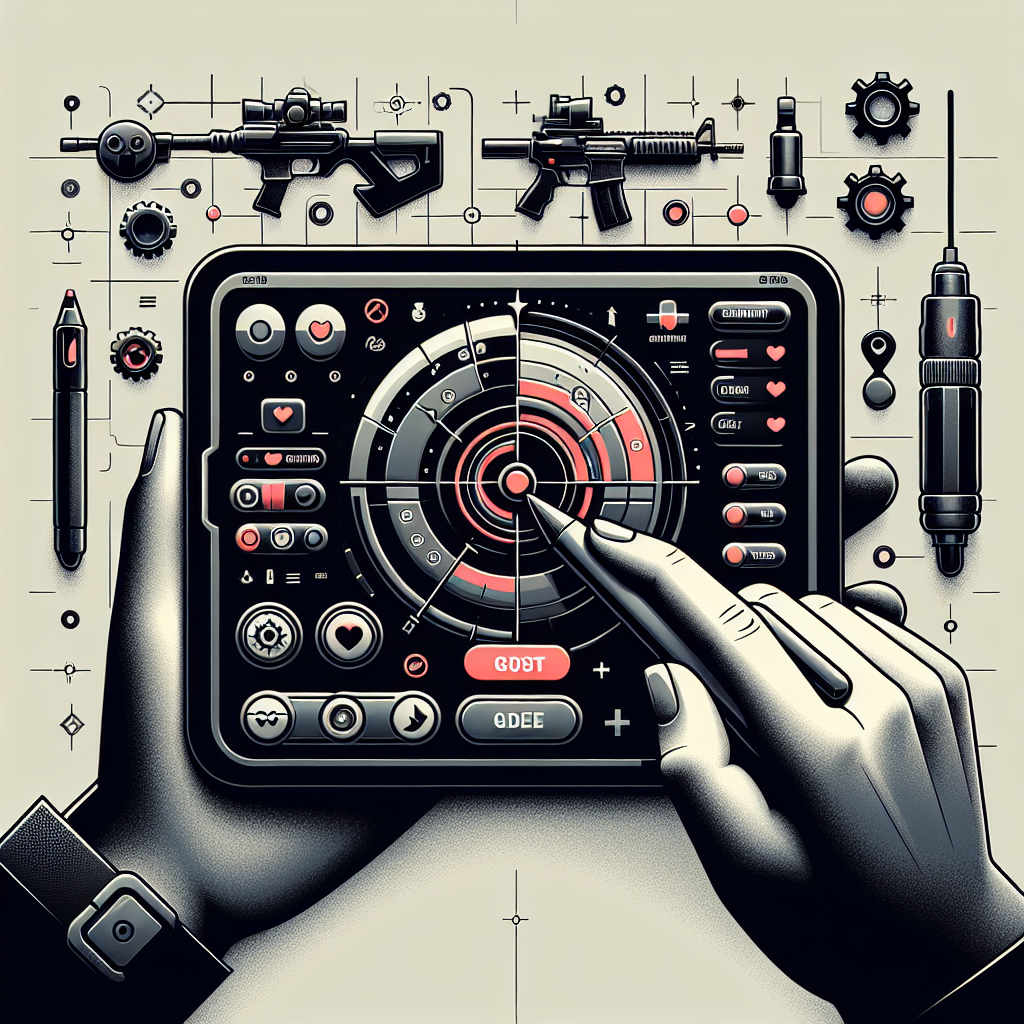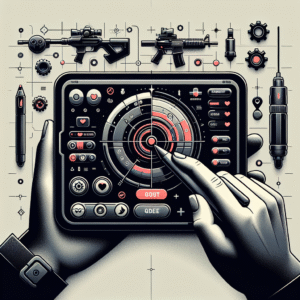Exploring the Psychology Behind Candy Crush Saga
The global phenomenon known as Candy Crush Saga has captivated millions of players since its launch in 2012. This match-three puzzle game, developed by King, has seen unparalleled success, dominating app stores and keeping users engaged with its simple yet addictive gameplay. But what exactly makes Candy Crush so enticing? To unravel this, we must delve into the psychology behind the game.
The Power of Variable Reward Systems:
Central to the game’s allure is its employment of a variable reward schedule—a concept rooted in behavioral psychology. This system, akin to what keeps gamblers at slot machines, involves unpredictable rewards that keep players hopeful and returning for more. In Candy Crush, players are often rewarded with colorful explosions and triumphant music when they clear a level, making each win psychologically satisfying. This unpredictability can create a “just one more game” mentality, as players are eager to experience those rewards again.
The Role of Progression and Achievement:
Candy Crush capitalizes on the human desire for achievement and progress. The map-based structure of the game, which shows players advancing through various colorful levels, gives a tangible sense of progression. Each completed level serves as a miniature achievement, releasing dopamine, the brain’s feel-good chemical. Moreover, the increasing difficulty of levels challenges the players, enticing them to push their problem-solving abilities and perseverance—a perfect blend to keep them engaged.
Social Interaction and Competition:
A significant psychological driver in Candy Crush Saga is the integration of social elements. By connecting the game to Facebook, players can see their friends’ progress, fostering a sense of competition. Social comparison theory suggests that individuals determine their own social and personal worth based on how they stack up against others. Thus, seeing peers surpass them motivates players to continue playing, not just for personal satisfaction, but to maintain social standing.
The Illusion of Control:
Candy Crush Saga gives players the illusion of control, even though luck plays a big role in whether the candies align favorably on the board. This illusion is crafted through strategically designed levels that gradually increase in complexity, allowing players to develop and execute strategies, thus enhancing the feeling of mastery. The ability to influence, even slightly, the outcome provides satisfaction and reinforces repeated gameplay.
The Role of In-Game Currency and Microtransactions:
In Candy Crush, players are frequently incentivized to purchase boosters and extra lives through microtransactions. The game introduces friction through strategically placed paywalls, where progression becomes notably more difficult without purchases. These subtle nudges can lead to impulsive buying behavior, driven by loss aversion—a cognitive bias that explains why losses loom larger than equivalent gains. Players are often more inclined to spend money to avoid the negative feeling of losing progress than to achieve a new gain.
Temporary Escape and Stress Relief:
Games like Candy Crush offer players a temporary escape from reality, providing a form of stress relief. The repetitive, simple actions required by the game can induce a state of flow—a mental state in which a person is fully immersed and involved in an activity. This state is believed to reduce stress and provide a sense of tranquility and focus. For many, playing Candy Crush can be a mindful activity, serving as a mental breather in a hectic day.
Balancing Challenge and Long-Term Engagement:
The creators of Candy Crush have expertly balanced difficulty and skill, establishing what is known as the “sweet spot” of game design. Maintaining a moderate level of difficulty ensures that players remain engaged without feeling frustrated, while intermittent winning streaks provide an encouragement boost. This balancing act is critical in maintaining long-term engagement, as the game provides positive reinforcement at just the right intervals to maximize player retention.
Brain’s Reward System Activation:
Neuroscientists have found that games like Candy Crush stimulate the brain’s reward system. The anticipation of clearing a challenging level activates brain regions associated with reward processing, such as the ventral striatum and prefrontal cortex. The chemical rush of dopamine not only enhances the immediate experience but also reinforces the habitual behavior of returning to the game, contributing to its addictive qualities.
Smart Use of Bright Colors and Design:
Visually, Candy Crush is designed to be as appealing as possible. The vibrant colors and appealing animations provide constant visual stimuli that are naturally attractive to humans. This appeal is similar to the bright lights and jingles of a casino, which are designed to grab attention and enhance the overall entertainment experience.
The Influence of Limited Lives:
The game implements a system of limited lives, which contributes significantly to its addictive nature. Players are given a finite number of attempts to clear levels before they must stop playing or purchase more lives. This mechanic creates a sense of urgency and scarcity, subtly nudging players to return after their lives are replenished or to make in-game purchases to continue playing without pause.
Psychological Comfort in Routine:
Candy Crush Saga also taps into the comfort that routine provides. Many players incorporate the game into their daily rituals, such as playing during commutes or before bedtime. The predictability and routine of playing can become a soothing habit, helping players to unwind while engaging in seemingly beneficial mental activity.
Positive Reinforcement Through Immediate Feedback:
The immediate feedback provided by the game when a player makes a successful move is a key psychological hook. Each match results in immediate visual and auditory feedback, which validates the player’s actions and choices. This kind of active feedback is crucial in fostering a learning and reward loop, encouraging players to keep making moves and, by extension, play more.
Cognitive Benefits and Skill Building:
While often criticized for being a simple time-waster, Candy Crush can also offer cognitive benefits. It requires strategic thinking, problem-solving, and planning several moves ahead. Players often find themselves improving cognitive functions such as memory, spatial awareness, and pattern recognition as they progress through increasingly complex levels.
Community and Belonging:
Finally, the community aspect of Candy Crush Saga cannot be ignored. With millions of players worldwide, there’s a sense of belonging and shared experience. Online forums, fan pages, and social media groups allow players to connect, share tips, and celebrate successes. This community aspect fulfills the human need for socialization and belonging, adding another layer to the game’s psychological appeal.












Post Comment